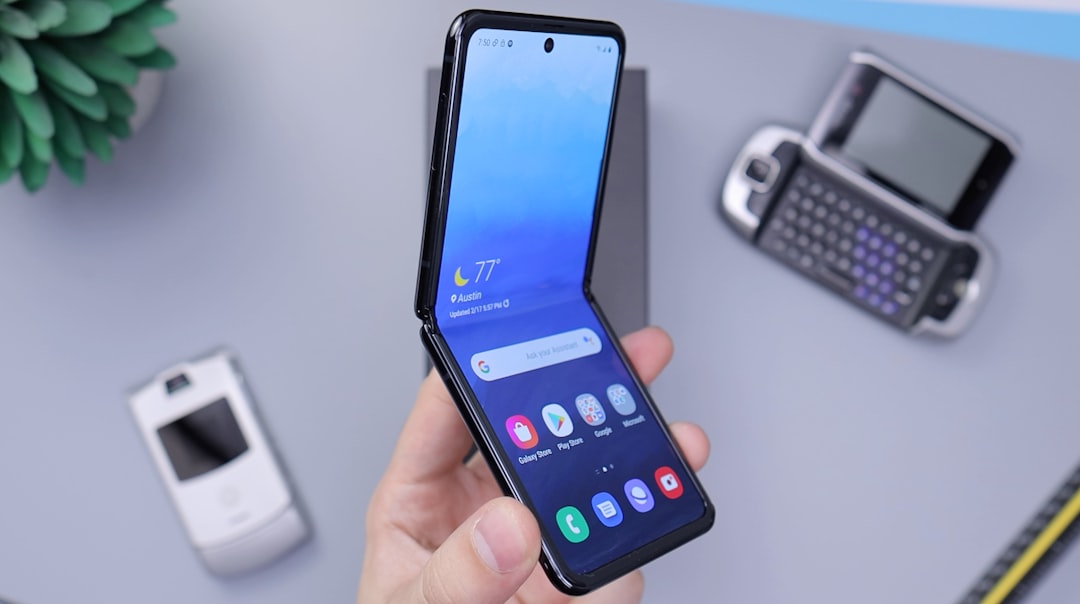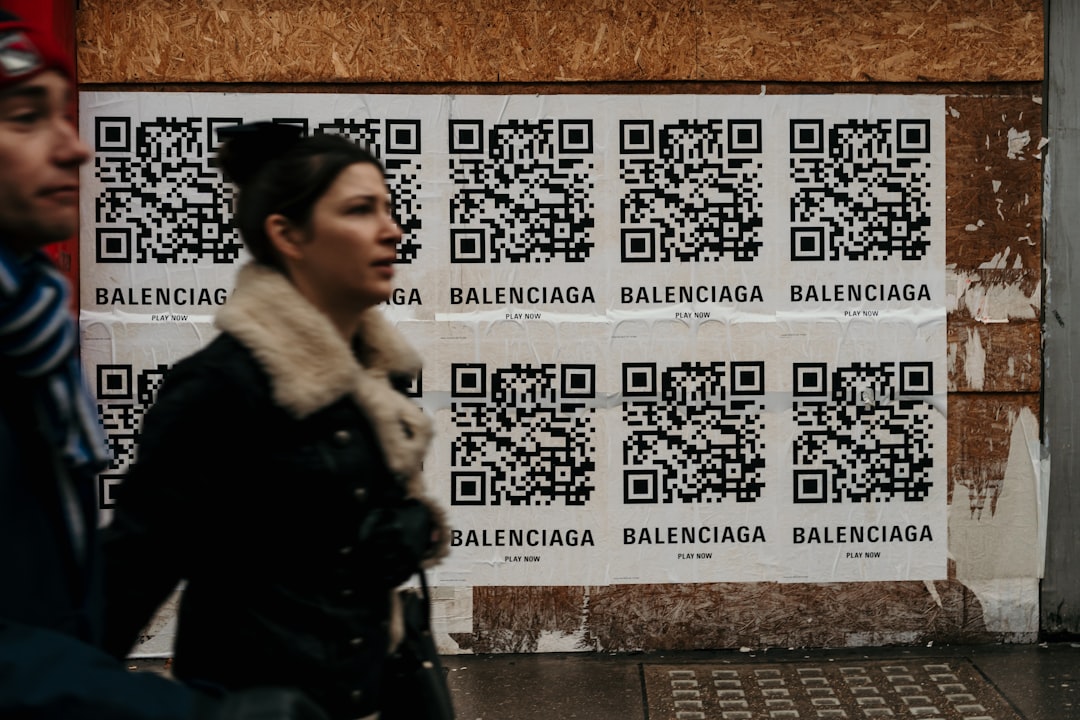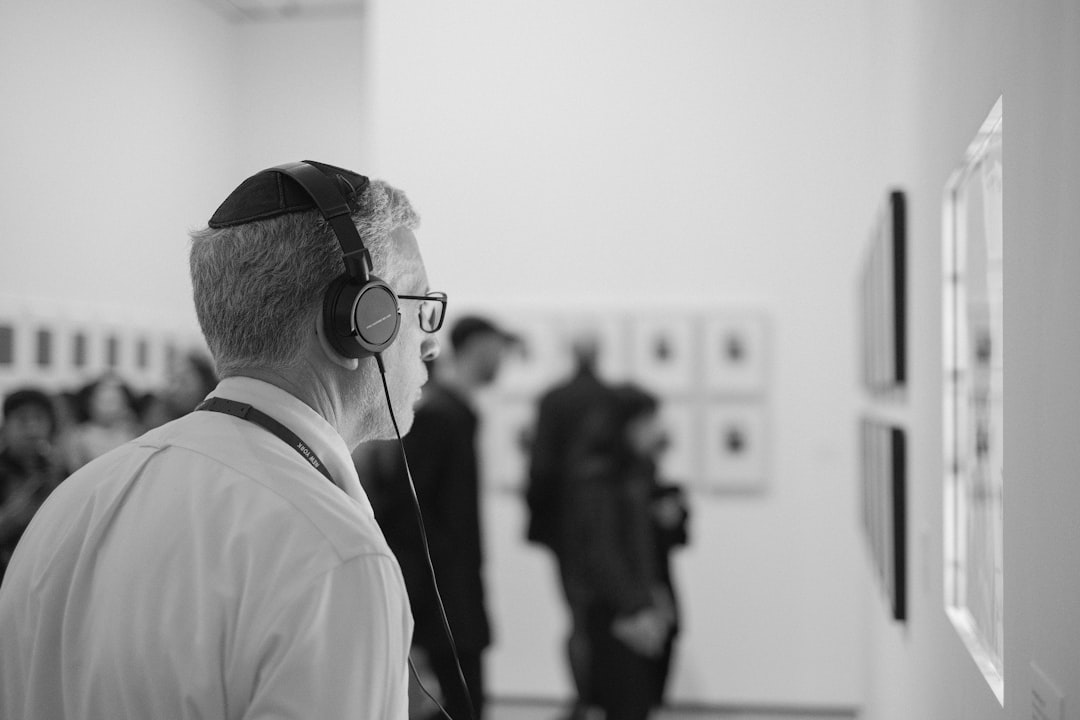Introduction
I still recall my first smartphone. I had just immigrated to the United States with my parents and we needed a form of reliable communication. I’d heard about the iPhone, but its price tag and ecosystem were not within my parent’s budget. It was a Huawei from Metro PCS and it had Android 2.2. A few months passed by and Android 2.3 came out. The new Android 2.3 phones had new capabilities like widgets, background playback, and many customizations that lured my tech-savvy mind. The price, however, was double that of my Huawei. My phone still worked fine, although it did not have the new update (nor the promise of one). Therefore, I did not think of changing it since it was very costly and an unnecessary luxury. A couple of extra months passed when I encountered the first hidden cost of smartphones: planned obsolescence.

Planned Obsolescence and Advertisements (aka Money)
My Huawei device was capable of running Android 2.3. It had a decent chipset, enough RAM, and a good size screen. I know this because I was able to use a custom ROM to run the newest version of Android at the time on my device. The manufacturer, however, decided it was not in their best interest to support my low-cost device. During the 2010s, it was only a select few devices that saw updates from one generation of operating systems to the next. Even some iPhones were intentionally limited or throttled in order to nudge users toward upgrades. The feeling of missing out combined with limited functions led manufacturers to encourage an artificial need in the population’s psyche.
The advertisements, design, and messaging through television, social media, and periodicals were geared to inform you that your phone was incomplete without Siri, Google Assistant, or the new camera with 20 megapixels. The price tags, new features, and “advancements” were placed as a way to exploit our insatiable nature as human beings. Features that were irrelevant to your life before became ubiquitous as phone makers pushed their digital dependency agenda.

A recent development of this is the rise of the QR code. Once a novelty or used as a second-thought alternative, the QR code rose to prominence due to the contactless nature of the COVID-19 pandemic. Although useful for limiting germ transmission, the QR code has now become a necessity (and an annoyance) in most businesses. Entering a sit-down restaurant, nowadays, means picking up your phone, aiming it at a QR code, and interacting virtually to order, pay, and review the restaurant. Everything and everyone praises its “innovation,” yet outside of collecting data through a survey, it continues to remove us from human interaction.
The paper menu, paper survey, or tipping via cash required a certain level of interaction (even if a minimal one) that has been now deflected toward our smartphones. The continued push toward smartphone dependency rises every time we allow digital gateways to supplant physical ones. Although not made for full interaction, the menu at your restaurant could have sparked a small conversation with the server or a tactile experience that made us connect with the physical space we inhabit. We have, now, replaced that experience with ads plaguing and monetizing our lived moments. This happened to a couple of my friends during breakfast on Sunday.
We entered Jelly, a local and excellent breakfast place in Denver, and were met with a QR code instead of a menu. Being a Light Phone 2 user, I quickly asked the server for a paper menu1 while my friends used their smartphones. After my french toast and benedict breakfast, my friends pulled up their smartphones while I handed my card to the server (it was faster for me to pay this way than for them to enter their payment details). As soon as they opened the payment section, a prominent advertisement pulled up prompting them to learn more about an American Express credit card. They navigated away from it and finished their payment while I thought that it wasn't enough to pay for the meal, now payment systems are integrating advertisements into their digital processes. It was yet another signal to me that the digital world is enamored with optimizing our consumerism.
Thus, we come back to planned obsolescence. Smartphone manufacturers are not content with your $1,000 purchase this calendar year. They want you to believe that your flagship smartphone needs renewal on a yearly basis. If the new features are not enough to convince you, they will optimize our social vulnerabilities to sell you the latest and greatest gear. A camera upgrade or the latest charging speed may not be sufficient to nudge you to purchase, but the disapproval of your green bubbles or the throttling down of your device might be. There are very few companies that improve their devices as time passes.2 Even basic phone manufacturers like Nokia or AGM are not in the business of making your device better year after year. They just want you to buy their latest and greatest. The first hidden cost of smartphones, then, hurts our long-term financial prospects by not only having us purchase new devices but also monetizing them further with advertisements.
Attention Mining (aka Sanity)
The second hidden cost of smartphones is found in our mental processes. While monetary resources and advertisements are of significant cost, I would argue that mental space and the damage to our attention from smart devices is a worst outcome. Smart devices have played a role in our shallow perception of reality. We have decreased our capability toward depth, acceptance of differences, and perception of the world around us. Smart devices have a tendency to create a silo from the user’s perspective that preoccupies them with their needs, wants, and desires. This silo is an intentional feature made by the manufacturers and software preloaded into these devices. As long as the user is comfortable, the device amplifies their voice, opinions, and ideas while diminishing any possible friction encountered by the real world. Smart devices have been shaped to make us feel at ease without any push toward growth.
The rise of social media and algorithmic curation has contributed to this phenomenon even further. By using artificial intelligence and automatic processes, companies can now anticipate our behavior and mine our time. If you are feeling bored, hungry, or desperate, search engines can predict your behavior and retain your attention efficiently. This is the reason why notifications on your smartphone feel overwhelming. They are meant to capture your attention, create a virtual rabbit hole, and keep you engaged until you are depleted. It is no wonder, therefore, that smart devices and their continued use have been linked numerous times to anxiety and depression. They are optimized to keep us trapped in their vibrant screens and reduce our willpower.
Depth, thus, should be the aim of our human experience. While smartphones seek to provide endless quick bits of information that end constricting our time and mental space, personal interactions, research, and focused boredom can retrain us in the art of mindfulness. After writing chapter 1 of this series, I have tried to dedicate 4-5 hours of my day to reading, audiobooks, and boredom. It has made a tremendous impact on my productive time due to the fact that I have space to think again. Instead of checking the news, watching a show, or responding to emails, I have made gains in my personal life in relationship-building areas. I can talk to people, eat dinner without constant pings, and rest. Making a time budget for my ideal day has turned into the beginning of a deeper life away from distractions and constant interruptions. While our life is finite, smartphones have a tendency to make us believe that they will live on forever engraved on the walls of Twitter or Tik Tok.

Relational Cost (aka friends and family)
Of this one, I am most guilty. By switching to a Light Phone 2, I have saved money and reorganized my life around depth, but I have not yet figured out how to fully reconnect with people. My type of personality is one to seek information and devour it everywhere I can. I love reading and engaging with the online world in topics of philosophy, politics, religion, and technology which lead me to trade my time with loved ones for the sake of my passions. Reddit and Discord have been ways of connecting with strangers and talking about very important topics in society (like our election that just happened yesterday) that interest me, yet it has come at the cost of speaking to my local community and family about these. Yes, it is easier to navigate these topics from the comfort of the couch. However, true impact and deeper relationships cannot come from screens.
Smartphones have optimized our communication strategies and permitted us to reach out to people on the other side of the globe. Nonetheless, what good is it if we can “connect” with the whole universe and not speak to the person next to us on the couch? This is the highest hidden cost of smartphones. Their attempt to connect us with information, opinions, and memes, has created a gap between us and our loved ones. It’s the most difficult vice for me. I acquired this bad habit over the last 12 years of smartphone use that taught me to prioritize the digital world first. After all, the digital universe contains new ideas, fresh information, and a stream of consciousness that caters to me. The person next to me may be hostile or disagree with my opinions. Yet, who should I turn to? Who is really more important?
The hidden cost of relationships is evidenced at coffee shops, restaurants, and parks. We have been trained to value digital items more than our own humanity. As the digital revolution continues, more value is placed in digital commodities than palpable realities. We should not panic, however. As digital fatigue sets in and we adapt to the hybrid nature of our post-pandemic world, the future of analog is here to stay. The experiences, laughter, and warmth of humanity will return as we dive deeper into creating a balanced relationship with technology. The people that matter most will, then, become our greatest allies and we can return to learning, playing, and relaxing together. It is up to us to place those relationships in high steem and prioritize them.
Conclusion
In this three part series, I’ve discussed why smartphones can be our enemy, the limitations they place upon our flourishing, and the hidden cost behind them. While not an exhaustive treatment, I hope that the series has helped you realize the importance of putting your phone away and creating time for what matters most in your life. Some of these hidden costs can be applied to basic phones and other digital devices. Thus, we ought to be careful in our priorities and set up habits that enhance our flourishing. Thank you for reading my newsletter and sharing it with others. As always, I appreciate your support :)
If you are like me, a basic phone user, always ask for a paper menu. They have one. Just be willing to be a nuisance and they will provide you with one. Why? Because they are a business and they don’t want to lose your patronage.
The following is my opinion and where I am putting my money. In the basic phone space, Light, Mudita, Sonim, and Sunbeam have showcased a decent track record of supporting their devices and updating them without planned obsolescence in mind. While other companies are available and their products may be fine from the original purchase (Nokia, AGM, Punkt), do not expect them to update their devices and make them better as they are not in that business model in my opinion. Similar to this concept of improvement, in the computer space, I’ve found that only Linux for software and repairable manufacturers like Framework are in the business of supporting and enhancing your experience as a customer.




SO GOOD! Thank you for this. I am so anti-qr code. I have printed them when I needed to bring them somewhere but gosh it makes me rage. lol. Anyway, I think you're on point with this whole article.
I have been doing some experimenting. I live far away from one of my best friends and we've become old fashioned pen pals. It is delightful to both write letters and receive them from her. yes, we could do phone calls, texts, etc, but the letters have been wonderful. The whole experience has been so authentic and really fun for us.